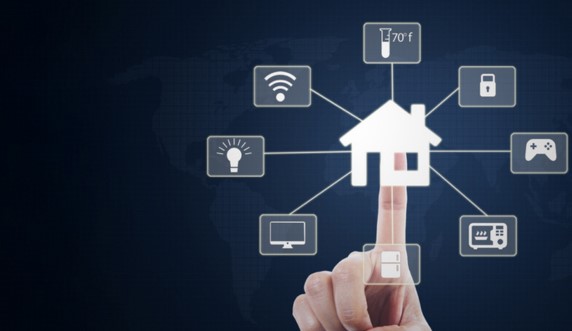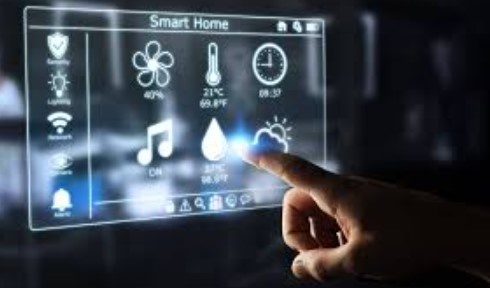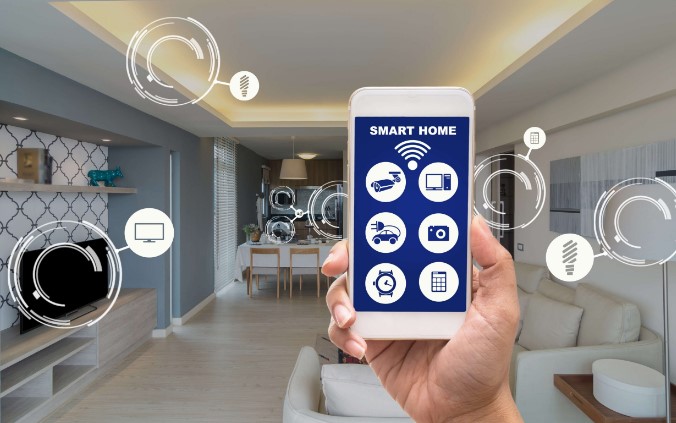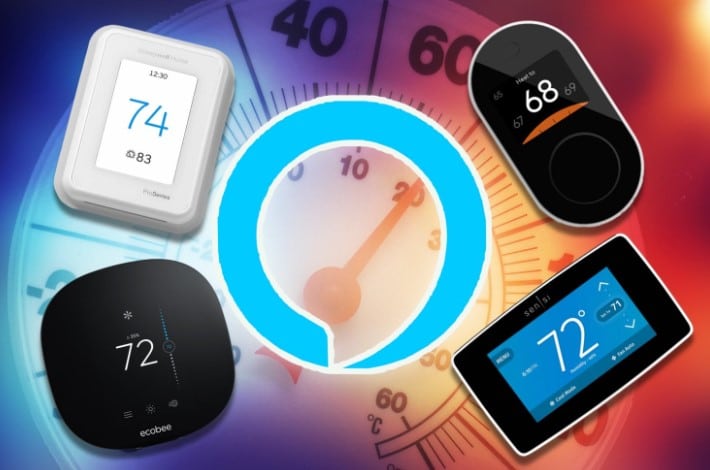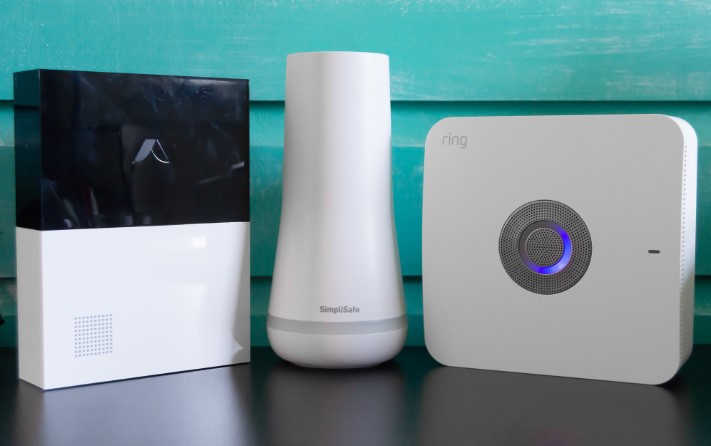Welcome to the world of smart homes! Whether you’re new to the concept or just looking to expand your knowledge, this site Havenblueprint is designed to help beginners navigate the exciting world of smart home technology.
From understanding the basics to exploring the best products and systems, we’ve got you covered.
Understanding Smart Home Technology
Smart home technology refers to devices and systems that automate and control various aspects of your home, such as lighting, security, heating, and entertainment.
These devices are connected to the internet and can be controlled remotely via smartphones, tablets, or voice commands.
One of the main benefits of smart home technology is convenience. With the ability to control multiple devices from a single app or through voice assistants like Alexa or Google Assistant, managing your home becomes more streamlined.
This technology allows you to adjust settings on the go, ensuring that your home is always operating efficiently.
In addition to convenience, smart home technology can enhance security. Smart security systems, including cameras, doorbells, and locks, allow you to monitor and protect your home from anywhere.
Real-time alerts and remote access provide peace of mind, knowing that you can respond quickly to any potential threats.
The Benefits of Smart Home Technology
Smart home technology offers numerous benefits, including increased convenience, improved energy efficiency, enhanced security, and the ability to personalize your living environment.
By integrating smart devices into your home, you can streamline daily tasks, save money on utilities, and enjoy a safer, more comfortable living space.
One of the primary advantages of smart home technology is its ability to automate routine tasks. With smart devices like thermostats, lights, and appliances, you can set schedules or control them remotely through a smartphone or voice assistant.
This automation not only saves time but also ensures that your home operates efficiently, adjusting settings based on your habits and preferences, such as dimming lights in the evening or adjusting the thermostat while you’re away.
You can also read : Top Smart Lighting Solutions for a Connected Home
Getting Started: How to Set Up a Smart Home
Setting up a smart home can be an exciting project, but it’s important to start with a clear plan. Here’s a step-by-step guide to help you get started.
Step 1: Assess Your Needs and Budget
Before purchasing any devices, assess your needs. Do you want to focus on security, lighting, or entertainment? Determine your budget to narrow down your options and prioritize the most essential devices.
Step 2: Choose a Smart Home Hub
A smart home hub is the central system that connects and controls all your smart devices. Popular options include Amazon Echo, Google Nest Hub, and Apple HomePod. Choose a hub that is compatible with the devices you plan to use.
Step 3: Start with Basic Devices
For beginners, it’s best to start with basic devices like smart bulbs, plugs, and speakers. These devices are easy to install and provide immediate benefits.
As you become more comfortable, you can expand your system with more advanced devices like smart thermostats, cameras, and locks.
You can also read : Best Smart Home Security Systems: Keep Your Home Safe
Top 5 Smart Home Devices for Beginners
Amazon Echo Dot (4th Generation)
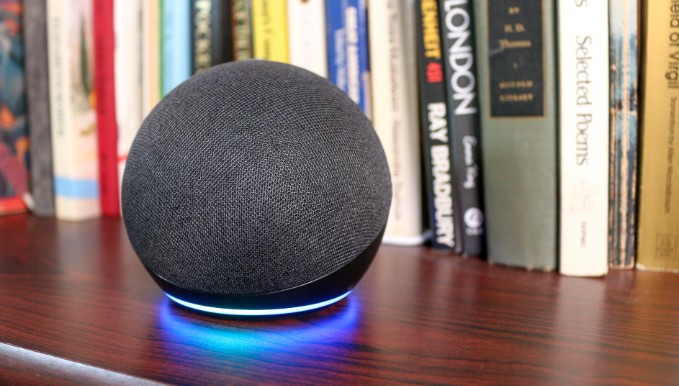
The Amazon Echo Dot is an excellent entry-level smart speaker that integrates seamlessly with Alexa, Amazon’s voice assistant. It allows you to control smart devices, play music, set alarms, and ask questions.
The Amazon Echo Dot (4th Generation) features a sleek, spherical design and delivers impressive sound quality for its compact size.
As an entry-level smart speaker, it offers a wide range of functionality through Alexa, Amazon’s voice assistant.
You can use the Echo Dot to control compatible smart home devices, such as lights, thermostats, and security cameras, with simple voice commands.
- Pros: Affordable, easy to set up, versatile
- Cons: Limited sound quality
- Price: $49.99
- Features: Voice control, music streaming, smart home integration
- Where to Buy: Buy on Amazon
Google Nest Thermostat
The Google Nest Thermostat is a smart thermostat that helps you control your home’s temperature efficiently. It learns your preferences over time and adjusts settings to save energy.
The Google Nest Thermostat is an innovative smart thermostat designed to optimize your home’s temperature control with remarkable efficiency.
It utilizes advanced learning algorithms to understand your heating and cooling preferences over time, automatically adjusting settings to enhance comfort while saving energy.
With its user-friendly interface and compatibility with various smart home systems, the Nest Thermostat allows you to manage your home’s climate remotely via a mobile app.
Additionally, its sleek design and customizable features make it a stylish addition to any home decor.
By investing in the Google Nest Thermostat, you can enjoy a more comfortable living environment while reducing energy costs and minimizing your environmental footprint.
- Pros: Energy-efficient, user-friendly, stylish design
- Cons: Limited compatibility with older HVAC systems
- Price: $129.99
- Features: Auto-scheduling, energy reports, remote control
- Where to Buy: Buy on Google Store
Philips Hue Smart Bulbs
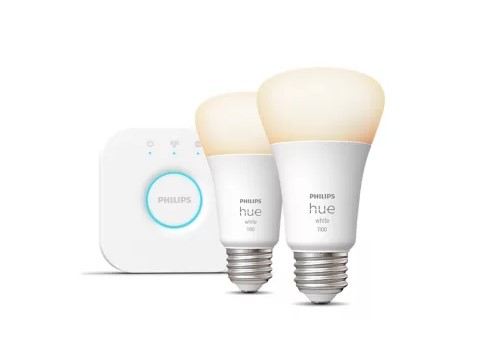
Philips Hue Smart Bulbs are a great way to start your smart lighting journey. These bulbs can change color, dim, and be controlled remotely via an app or voice commands.
- Pros: Wide range of colors, easy installation, compatible with various hubs
- Cons: Requires a separate hub for full functionality
- Price: $49.99 (Starter Kit)
- Features: Dimmable, color-changing, voice control
- Where to Buy: Buy on Philips Hue
Ring Video Doorbell
The Ring Video Doorbell enhances your home security by allowing you to see, hear, and speak to visitors from anywhere. It also provides motion alerts and records footage.
- Pros: Enhanced security, easy installation, two-way audio
- Cons: Requires subscription for cloud storage
- Price: $99.99
- Features: HD video, motion detection, two-way talk
- Where to Buy: Buy on Ring
TP-Link Kasa Smart Plug
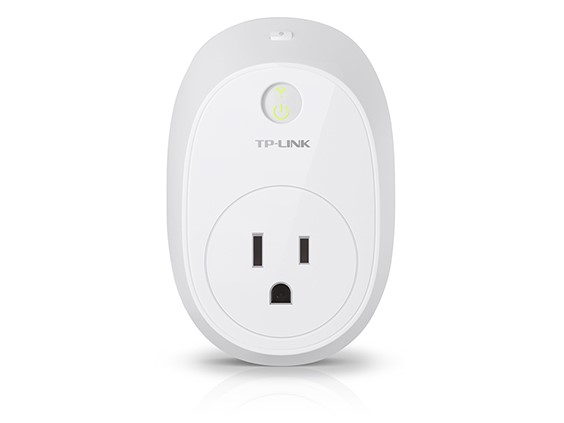
The TP-Link Kasa Smart Plug allows you to control any plugged-in device remotely. It’s perfect for automating lights, fans, or appliances and can be controlled via an app or voice commands.
- Pros: Affordable, easy to use, compact design
- Cons: Requires Wi-Fi connection
- Price: $24.99 (2-pack)
- Features: Remote control, scheduling, voice control
- Where to Buy: Buy on TP-Link
You can also read : Top Smart Home Security Systems for 2024
Comparison of Top Smart Home Devices
When choosing smart home devices, it’s important to consider your specific needs and how each product fits into your lifestyle. Here’s a quick comparison of the devices mentioned above:
- Amazon Echo Dot: Best for voice control and smart home integration.
- Google Nest Thermostat: Ideal for energy efficiency and temperature control.
- Philips Hue Smart Bulbs: Perfect for customizable lighting.
- Ring Video Doorbell: Essential for home security and monitoring.
- TP-Link Kasa Smart Plug: Great for automating appliances and lights.
Each of these products offers unique benefits, and the best choice depends on your priorities, whether it’s convenience, security, or energy savings.
You can also read : Discover the Latest Smart Home Technology Trends for 2024
How to Buy and Where to Buy Smart Home Devices
Purchasing smart home devices is easy, with many options available both online and in stores. Here are some tips:
- Amazon: Offers a wide selection of devices with customer reviews and fast shipping.
- Best Buy: Ideal for hands-on experience and in-store consultations.
- Google Store: Perfect for Google-branded smart devices with exclusive deals.
When buying online, look for discounts, bundle deals, and consider subscribing to newsletters for special offers Smart Home for Beginners.
Use Cases: Solving Everyday Problems with Smart Home Technology
Smart home devices are designed to solve various everyday problems Smart Home for Beginners:
- Security Concerns: Devices like the Ring Video Doorbell provide peace of mind by monitoring your home and alerting you to visitors or potential intruders.
- Energy Efficiency: Smart thermostats like the Google Nest help reduce energy consumption by learning your schedule and adjusting the temperature accordingly.
- Convenience: With smart plugs and bulbs, you can automate your lighting and appliances, making your daily routine more efficient and enjoyable.
Frequently Asked Questions
1. What is the best smart home device for beginners? The Amazon Echo Dot is often recommended for beginners due to its affordability and versatility. It can control a wide range of smart devices and offers voice-activated convenience.
2. How much does it cost to set up a basic smart home? The cost can vary depending on the devices you choose. A basic setup with a smart speaker, a few smart bulbs, and plugs can cost around $150-$200.
3. Are smart home devices secure? Yes, most smart home devices are designed with security in mind. However, it’s essential to use strong passwords, enable two-factor authentication, and keep your devices updated to protect against vulnerabilities.
